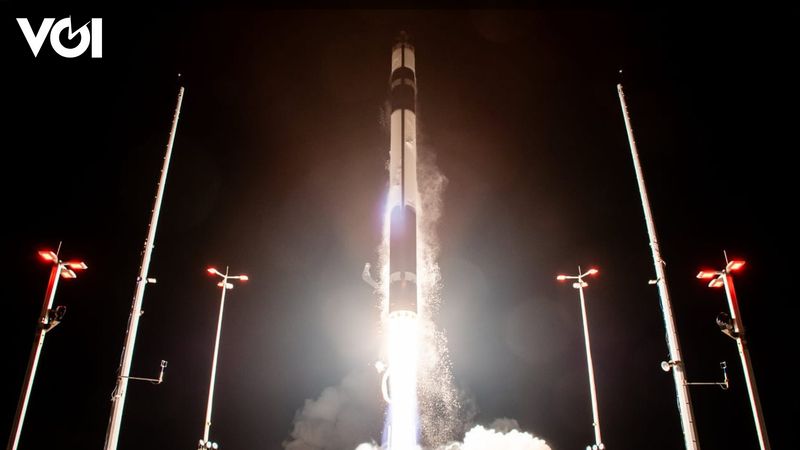JAKARTA – Rocket Lab, an aerospace company from the United States, will launch the NEONSAT-1 and ACS3 satellites on a mission Beginning Of The Swarm. These two technologies will be flown on April 24.
NEONSAT-1 and ACS3 will be launched from Rocket Lab Launch Complex 1 in Mahia, New Zealand using an Electron rocket. Although the launch date has been set, the launch window will be open for 14 days.
Electron’s main payload, NEONSAT-1, is a satellite that will be used to observe Earth. The satellite was developed by the Satellite Technology Research Center (SaTReC), part of the South Korea Advanced Institute of Science and Technology (KAIST).
As one of the leading universities in South Korea, especially in the field of science and technology, KAIST is determined to create high-resolution optical satellites. They also succeeded in launching the first satellite 30 years ago.
Now, they created NEONSAT-1 to monitor natural disasters along the Korean Peninsula. KAIST also pairs its images with Artificial Intelligence (AI) so that the NEONSAT-1 satellite can be much better than the first satellite they built.
Meanwhile, Advanced Composite Solar Sail System (ACS3) developed by NASA which will be the secondary payload in the Electron rocket. ACS3 is a technology demonstration for testing solar sail propulsion systems.
Just like a sailboat that is propelled by the wind, the ACS3 uses the pressure of sunlight as propulsion. Although unusual, this technology could eliminate the need for conventional rocket fuel if used successfully.
Rocket Lab strongly supports the ACS3 and NEONSAT-1 launch missions. According to the company, NEONSAT-1 and ACS3 launch on mission rideshare the same will benefit KAIST.
“We can provide KAIST with a short-term launch opportunity to help them reach orbit faster,” said Rocket Lab CEO Peter Beck. “It is an honor to work with the KAIST team.”
Tag: nasa rocket
2024-04-02 07:30:00
#Rocket #Lab #Launch #NEONSAT1 #ACS3 #Satellites #Rideshare #Mission


